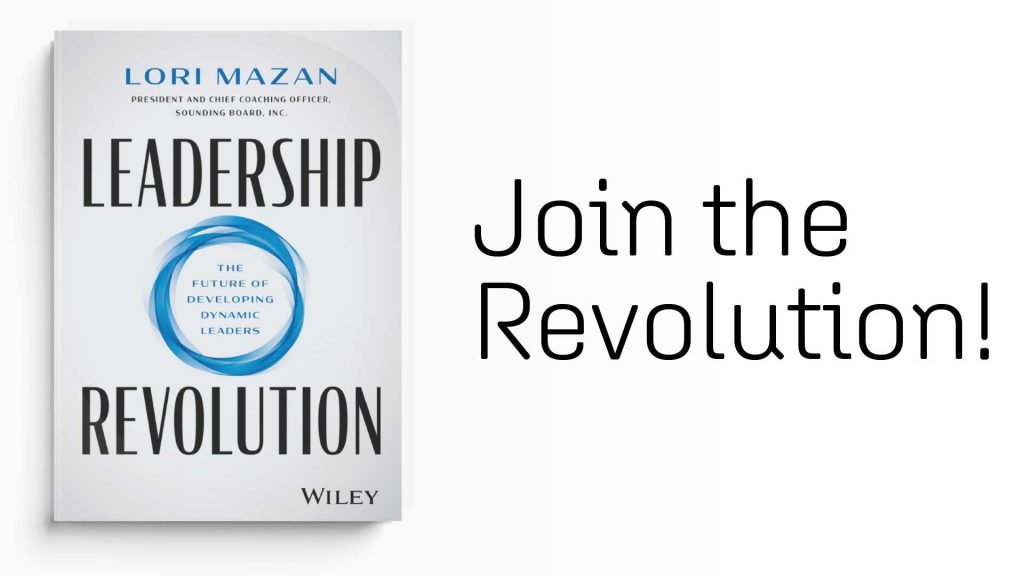Diversity and inclusion (D&I) is an integral part of most organizations’ strategy and vision. Awareness of the business case for inclusion and diversity is on the rise. While social justice typically is the initial impetus behind these efforts, companies have increasingly begun to regard diversity and inclusion as a source of competitive advantage, and specifically as a key enabler of growth. As companies grow and evolve, leaders must ensure that D&I efforts don’t take a back seat when looking to the future. Here is how to maintain diversity and inclusion in a growing company.
Center Diversity and Inclusion in the Business Strategy
As your company grows, it is important to center diversity and inclusion in the business strategy. D&I is far more than an “HR issue.” It should be a core ingredient in the design and execution of business strategy and embedded in the activities of the organization day in, day out. Increasing the number of individuals from different cultures involved in the strategic process will help develop a core purpose that better reflects a broader group of customers and employees. It also gives the organization more opportunities and places to succeed.
The best performing teams are made up of people who reflect the world’s full diversity of individuals, opinions, and approaches. A diverse group is more likely to create products and services that work for a diverse clientele, avoiding biased assumptions, generalizations, or shortcuts.
In addition, when your company has an enterprise-wide D&I strategy, leaders can use it to guide the selection of operating ecosystem partners that are aligned with its D&I intentions. This ensures that your company maintains a diverse and inclusive environment as it grows.
Evaluate Your Executive Team
The makeup of your executive team is a huge signifier to the rest of your workforce (not to mention your customers, partners, and other stakeholders). The top management of a company speaks volumes about your culture. Accordingly, it is essential to have a diverse top management team. This includes gender diversity, ethnic diversity, sexual orientation, and more. Are men and women equally represented? What about people from various cultural and religious backgrounds?
A survey report from Boston Consulting Group (BCG) found among the Fortune 500 companies, only 24 CEOs are women, which represents just 5% of the total number of CEOs. The same report pointed out that, among the 500 CEOs, only three are black, another three are openly gay, and one identifies as a lesbian. You may not have much control over your executive team; but if you do have the means to make a case about diversity and inclusion in the C-suite, you should. And you can help your executives communicate with employees authentically and transparently and attract diverse talent at the same time. It is important to carry out employee and leadership coaching in order to get them aware and well-equipped with the company’s workplace policies. This creates more trust for the organization’s commitment to diversity and inclusion.
Adjust how you screen and search for candidates
Your current employees play a large role in who gets hired next. If the majority of the staff is one demographic, increasing diversity through a referral-based hiring program becomes more difficult, and culturally skewed.
Aside from referral systems, a large body of research shows that the hiring process is unfair and full of bias. A candidate’s name alone has shown to immediately cause bias. Applicants with White sounding names like Emily or Greg were 50% more likely to receive interview requests than Black-sounding names, like Lakisha or Jamal. While much of this bias has been unconscious, if left unchecked, it can harm your company. According to a Deloitte survey, 75% of millennials believe an organization is more innovative when it fosters a culture of diversity and inclusion, and are thus more likely to leave if the company doesn’t meet their standards of diversity. If you want strong talent as your company grows, you need to maintain diversity and inclusion.
Create More Inclusive Workplace Policies
As you move to become a more diverse organization, do a deep-dive of your current practices, and conduct a comprehensive evaluation of your workplace. Facilitating workplace diversity may mean creating new policies or amending current ones system-wide, from recruitment to performance evaluations and promotions.
For example, when posting job openings, position descriptions should be tailored to reach broader audiences. Consider posting these position descriptions and sending recruitment specialists to a wider range of job fairs, community hiring offices, and outreach programs.
Develop a strategic training program
Diversity training helps employees understand how cultural differences can impact how people work and interact at work. It can cover anything from communication styles to self-identity and dealing with conflict. Diversity training that is offered as optional tends to be more effective than that which is made mandatory. Companies should also focus on training that’s relevant to their specific organization and employees, and that aligns with their broader diversity, equity, and inclusion initiatives and identified challenges.
In addition to using internal resources, partnering with a consultant can help leaders build customized training programs for both the organization as a whole, as well as those that are function-specific. It’s critical that leaders are clearly communicating why training is taking place, problems you’re trying to solve, and what comes next. This will help keep people motivated and also help them understand how the learning ties back to broader company goals.











